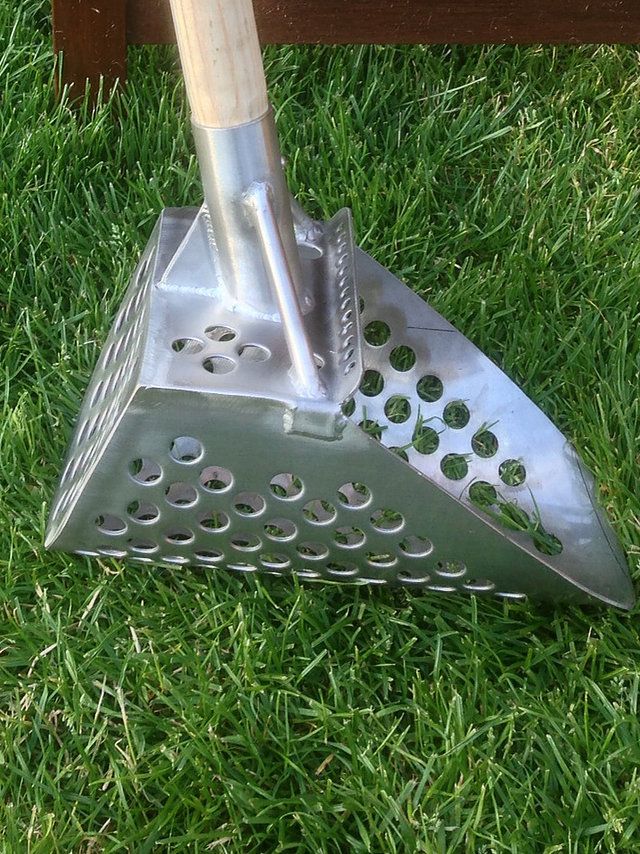Metal detecting is a fascinating hobby that not only offers excitement and adventure but also the possibility of discovering hidden treasures beneath the ground. For beginners looking to embark on this exciting journey, it’s essential to have the right tools and knowledge to make the most out of your metal detecting experience.
When starting out with metal detecting, choosing the right detector can make a significant difference in your success. Some of the best metal detectors for beginners include models like the Garrett ACE 300, Minelab Vanquish 340, and Fisher F22. These detectors are user-friendly, offer good performance, and come at an affordable price point for those just starting.
Once you have your detector in hand, one crucial step before beginning your search is properly grounding balancing your detector. Ground balancing helps eliminate interference from mineralized soil or other environmental factors that could affect your detection abilities. Most modern detectors come with automatic ground balance settings, but learning how to manually adjust this feature can significantly improve your detecting efficiency.
To increase your chances of finding valuable targets while out detecting, consider researching and choosing locations wisely. Historical sites such as old homesteads, parks, beaches, and even rural areas known for past activities can be rich hunting grounds for relics and coins. Be sure always to obtain permission when detecting on private property or protected lands.
Understanding discrimination settings on your metal detector is another essential aspect of successful treasure hunting. Discrimination allows you to filter out unwanted metals based on their conductivity levels so you can focus on higher-value targets like coins or jewelry. However, it’s crucial not to discriminate too much as you might miss out on potentially valuable finds.
Identifying different types of signals that your detector emits is key to distinguishing between various types of metals underground. Different tones or numbers displayed on your detector indicate different types of objects – practice identifying these signals through hands-on experience.
Cleaning and preserving your finds after each hunt is important for maintaining their condition and value over time. Using gentle cleaning methods like warm water with mild soap or a soft brush can help remove dirt without damaging delicate artifacts.
When metal detecting in highly mineralized soil conditions (common near beaches), adjusting sensitivity levels on your detector can help reduce false signals caused by mineralization interference.
Using pinpointers effectively can streamline target recovery by helping you precisely locate items once they’ve been detected by your main detector – reducing digging time and impact on surrounding areas.
Investing in essential accessories such as a durable digging tool (like a trowel), headphones (for better signal clarity), gloves (to protect hands), a finds pouch (for storage), and perhaps even a coil cover (to protect against wear) will enhance both comfort during hunts and overall success rates.
Joining metal detecting clubs or online communities can provide valuable insights into local hunting spots, tips from experienced enthusiasts’ members’, equipment recommendations & troubleshooting advice – plus sharing discoveries adds fun camaraderie!
Lastly yet importantly always adhere strictly to legal regulations regarding public spaces when conducting searches – seek proper permits where necessary; respect no-dig zones; fill any holes carefully; pack away all trash brought along; leaving areas cleaner than found ensures continued access for everyone interested!
